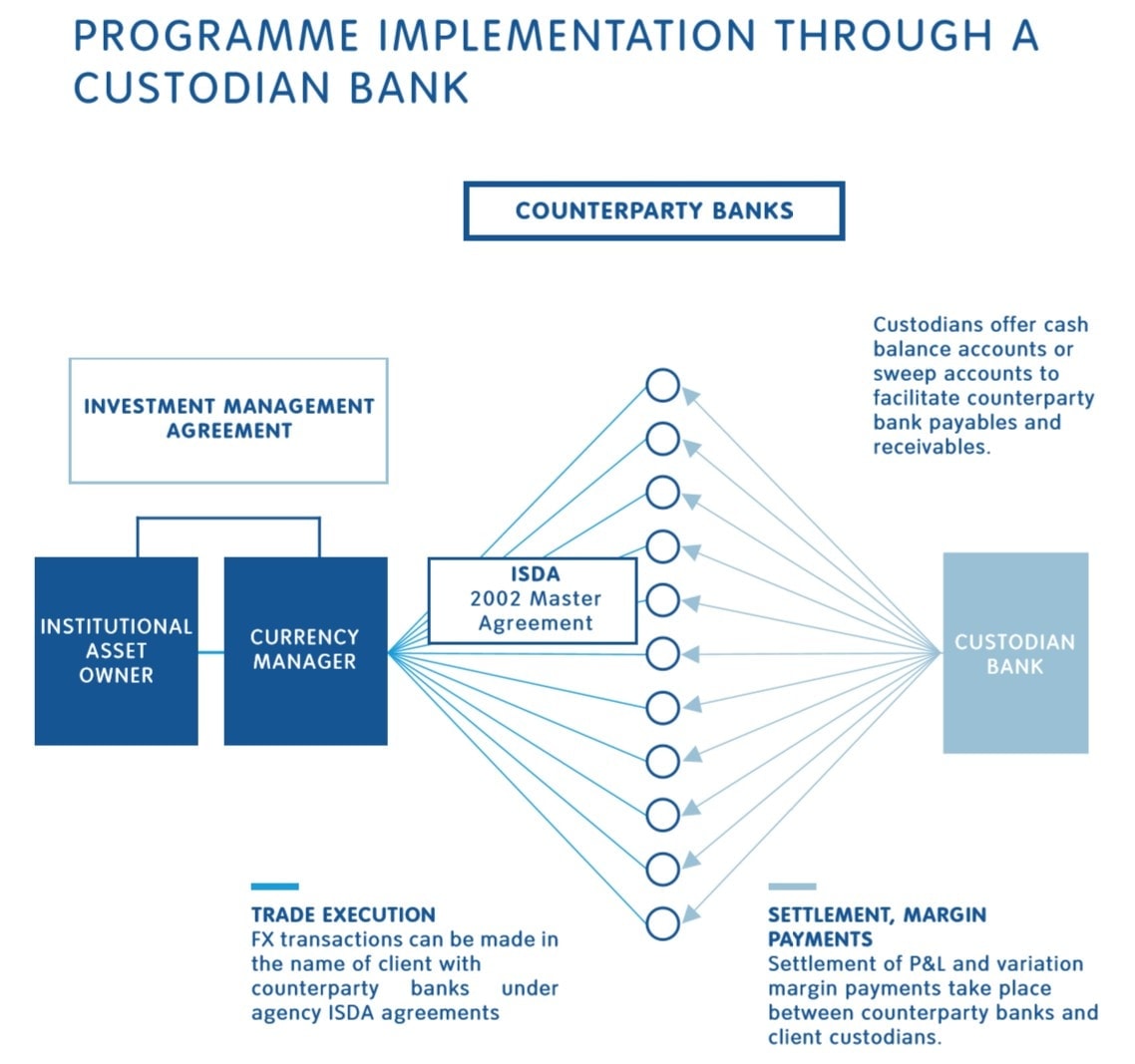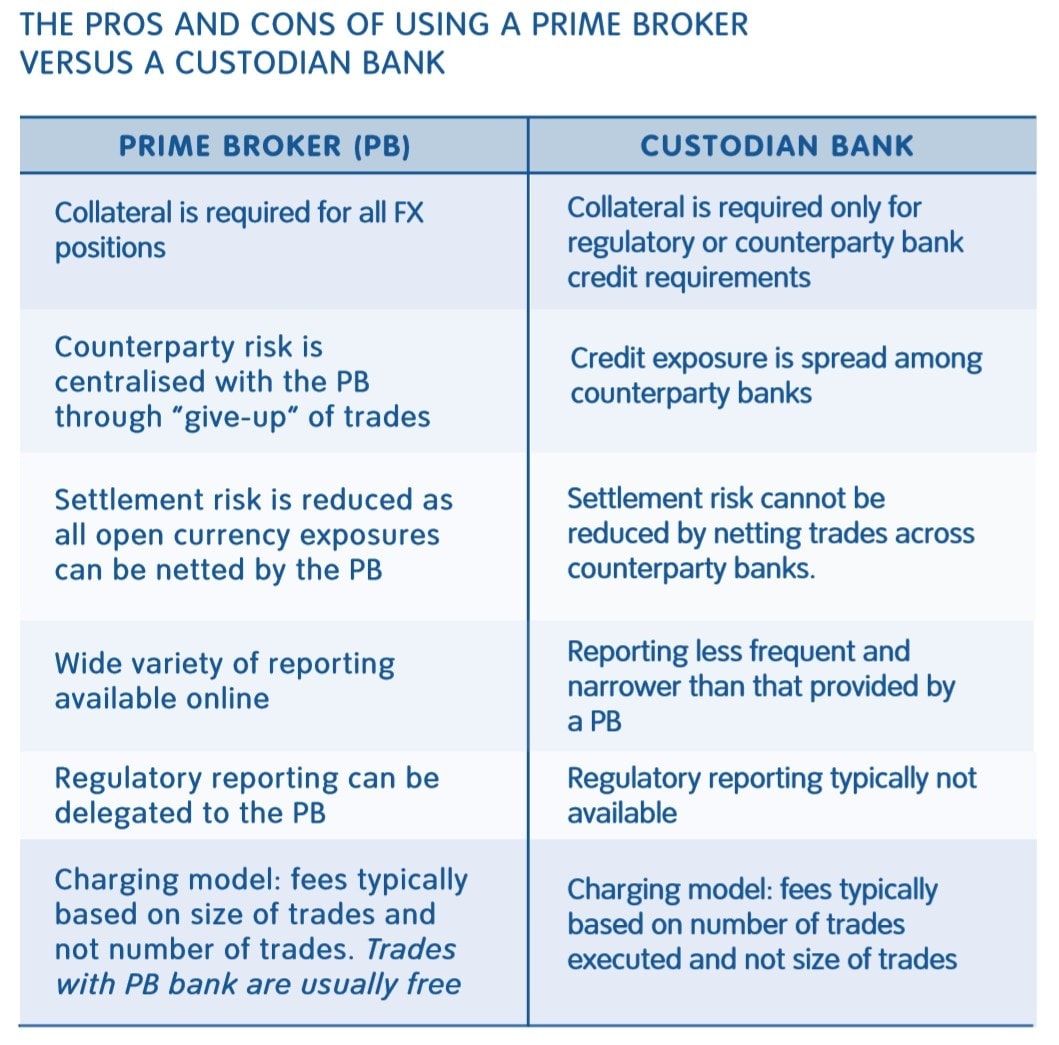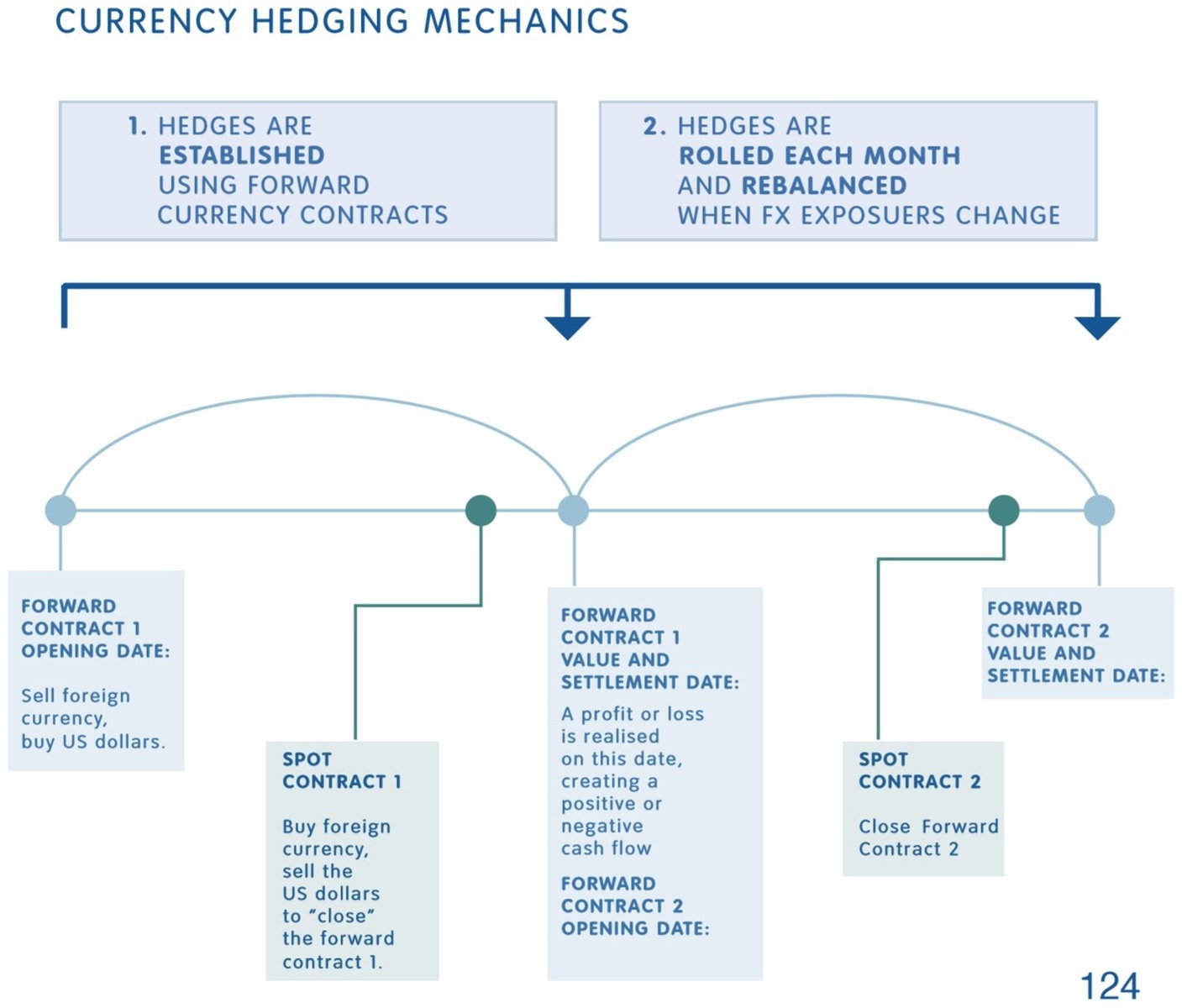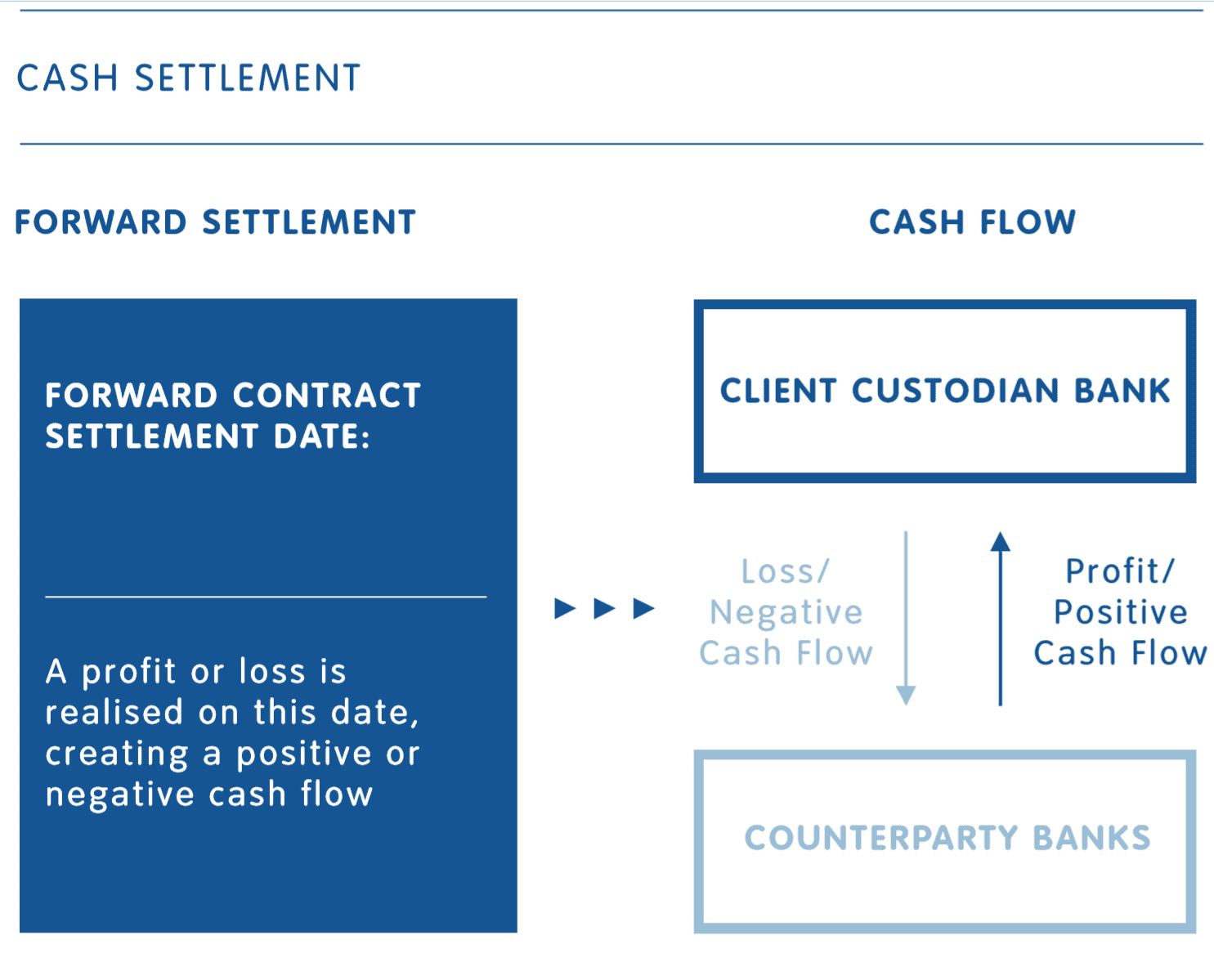Currency management: myths & realities
Currency management can be complicated and investors sometimes find them difficult to understand.Millennium Global has created a short animation that...

A specialist currency manager can manage on-boarding, implementation, reporting and monitoring to ensure a currency program can be seamlessly incorporated into an international portfolio.
The manager will liaise directly with the custodian or prime broker and provide independent reporting.
A specialist currency manager can implement a currency program efficiently as the key industry documentation and service provider relationships have already been established.
On-boarding
On-boarding a currency program with a specialist currency manager follows broadly the same process whether it is for a Passive, Dynamic or Active strategy or an Execution only mandate.
The following documentation is required:
Signing a contract that governs the relationship with the Currency Manager and sets out the guidelines and objectives of the program.
An ISDA Agreement (International Swaps and Derivative Association Agreement) for each counterparty bank. This is straightforward if the currency manager’s existing Agency ISDA documentation is used. Otherwise new ISDA Agreements have to be negotiated between the institution and a panel of counterparties.
Where collateral is required by regulation or by any of the parties, a Credit Support Annex (CSA) is signed in conjunction with the ISDAs.
Typically, the currency manager will proactively manage the process to ensure that it is efficient and timely.
A specialist currency manager can assist with the following:
Set-up with custodian bank
Open a cash account at the custodian bank to facilitate the cash flows of forward contract settlements, option premium payments/ receipts and daily collateral movements where required.
Open a CLS account (“Continuous Linked Settlement”) to simplify and streamline the process of OTC FX derivative cash flows.
Set up SWIFT connectivity between the custodian bank and the currency manager to facilitate secure payment instructions.
Set up a matching confirmation service to ensure accuracy of trade details to facilitate automated post-trade confirmation matching for OTC FX derivatives.
Reporting Set-up
Collateral Management
Where collateral is required to be posted, connectivity will be established between the currency manager and a collateral management provider to calculate and manage margin calls with counterparty banks and resolve any margin disputes on a daily basis.

Use of a Prime broker
An alternative to managing the process through a custodian bank is to set up a prime broker. This enables an asset owner to transact foreign exchange across an array of counterparty banks utilising the credit lines of the prime broker to streamline operational and margin efficiency.
It is advisable to assess the merits and costs of using a custodian bank and having multiple counterparty relationships or using a Prime Broker and having a consolidated set-up prior to implementing a currency investment management program.

Rolling Forward Foreign Exchange Contracts – The Mechanics
Given that the tenor of foreign exchange forwards contracts tend to be quite short e.g. 1-3 months (because that is where the best market liquidity resides), there is a need to “roll over” the position at expiry to maintain the hedge or forward currency exposure.
The initially purchased currency is sold and repurchased while the initially sold currency is bought and resold.
An example is shown below.

Rolling forward contracts will crystallise the profit or loss on the contract which has just expired and re-establish the original position until the next expiry. As a result of these mechanics, there will be cash flow consequences on the expiry and settlement of the initial position.
At each calendar expiry it is important to ensure that there is sufficient cash at the custodian bank to service any payments due if there is a loss on a position and be ready to deploy cash inflows on any profit.
Cash Settlement is illustrated below.

Monitoring
The following information needs to be exchanged between the asset owner and the appointed currency manager, typically on a monthly cycle.
Update to the Program Size: this may vary on a monthly basis if it is tied to the size of the underlying asset pool which will change with market movements.
Program Currency Weights: individual currency weightings upon which hedges are calculated may change due to the movement in asset values. This rebalancing can target the actual portfolio weights or “benchmark” weights and are relevant in the rebalancing of hedge ratio calculations which are typically executed on a monthly basis. More frequent rebalancing can be conducted during periods of elevated volatility.

Currency management can be complicated and investors sometimes find them difficult to understand.Millennium Global has created a short animation that...

Key Takeaways Severe bouts of currency depreciation have periodically caused large drawdowns in EM portfolios. Investors have often avoided...

Key Takeaways The impact of currency exposures on international investments can be large in both return and risk terms. History is filled with...